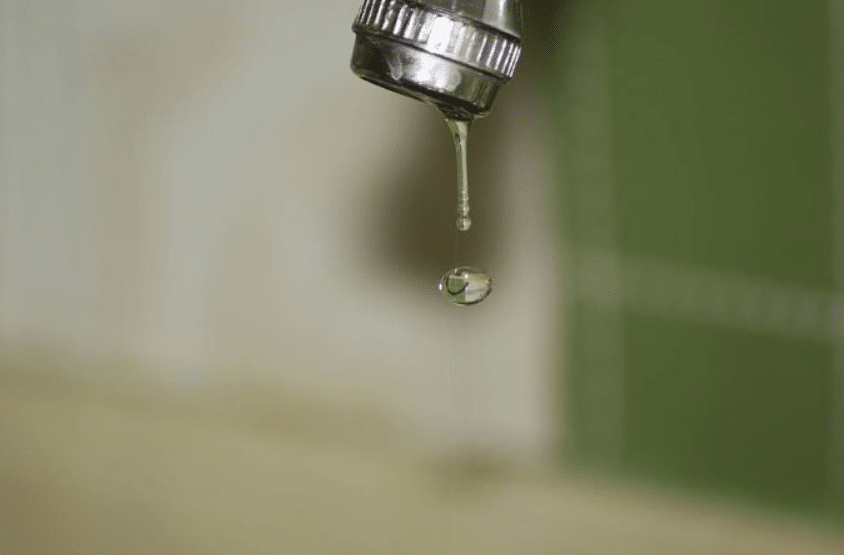Identify Common Triggers for Leak Issues Inside Your House
Identify Common Triggers for Leak Issues Inside Your House
Blog Article
Everybody has their personal conception with regards to Common Water Leaks In House.

Leaks not only cause waste of water but can also cause unneeded damage to your house as well as advertise undesirable organic growth. Water leakages might go undetected considering that most of the pipework in our home is concealed. By looking and comprehending for everyday circumstances that trigger leaks, you can secure your residence from future leaks as well as unneeded damage. Today, we will consider six leak triggers that might be causing your pipes to trickle.
Intruding origins
The majority of water leakages start outside the house rather than inside it. If you see an unexpected reduction in water pressure, claim in your tap, take time to head out and analyze your lawn. You might observe wet spots or sinkholes in your yard, which might suggest that tree roots are attacking water lines triggering water to seep out. You can have your plumber check for breach, particularly if you have trees or hedges near your residential or commercial property.
Corroded water systems
This might be the cause of discoloration or warping on your water pipelines. If our plumbing system is old, consider replacing the pipelines considering that they are at a greater risk of deterioration than the newer models.
Faulty Pipeline Joints
Pipe joints can degrade over time, resulting in water leaks. If you have loud pipes that make ticking or banging sounds, specifically when the hot water is transformed on, your pipe joints are most likely under a lot of stress.
Instantaneous temperature level adjustments.
Extreme temperature adjustments in our pipelines can cause them to expand and also acquire unexpectedly. This development as well as tightening might create cracks in the pipes, specifically if the temperature are below freezing. It would certainly be best if you kept an eye on how your plumbing functions. The visibility of the formerly discussed conditions often indicates a high danger.
Poor Water Connectors
At times, a leak can be brought on by loosened hose pipes and also pipes that supply your appliances. More often than not, shifting is what triggers the loose water Connections. You might find in the case of a washing machine, a hose might spring a leakage as a result of drinking during the spin cycle. In case of a water links leak, you may discover water running directly from the supply line or pools around your appliances.
Blocked Drains
Blocked drains might be frustrating and also inconveniencing, but they can often end up creating an overflow leading to burst pipes. Keep eliminating any type of materials that may go down your drains pipes that might obstruct them to stay clear of such aggravations.
All the above are causes of leaks yet not all water leakages arise from plumbing leakages; some leaks might originate from roof covering leaks. All leakages must be repaired instantly to stay clear of water damage.
Leaks not only trigger waste of water however can also cause unneeded damages to your house and also promote unwanted organic growth. By comprehending and also looking for daily situations that create leaks, you can shield your house from future leakages as well as unnecessary damages. Today, we will look at 6 leak triggers that might be triggering your pipelines to drip.
At times, a leak can be created by loose hose pipes and also pipelines that supply your devices. In instance of a water links leakage, you may discover water running straight from the supply line or pools around your devices.
How To Check For Water Leak In Your Home
How To Check for Leaks
The average household's leaks can account for nearly 10,000 gallons of water wasted every year and ten percent of homes have leaks that waste 90 gallons or more per day. Common types of leaks found in the home are worn toilet flappers, dripping faucets, and other leaking valves. These types of leaks are often easy to fix, requiring only a few tools and hardware that can pay for themselves in water savings. Fixing easily corrected household water leaks can save homeowners about 10 percent on their water bills.
To check for leaks in your home, you first need to determine whether you're wasting water and then identify the source of the leak. Here are some tips for finding leaks:
Take a look at your water usage during a colder month, such as January or February. If a family of four exceeds 12,000 gallons per month, there are serious leaks.
Check your water meter before and after a two-hour period when no water is being used. If the meter changes at all, you probably have a leak.
Identify toilet leaks by placing a drop of food coloring in the toilet tank. If any color shows up in the bowl after 10 minutes, you have a leak. (Be sure to flush immediately after the experiment to avoid staining the tank.)
Examine faucet gaskets and pipe fittings for any water on the outside of the pipe to check for surface leaks.
Undetected water leaks can happen without the home or business owner even realizing. If you suspect a water leak, but not able to find the source. It is time to contact a professional water leak detection service, The Leak Doctor.
How To Find a Water Leak In Your Home
https://www.leakdoctor.com/blog/How-To-Check-For-Water-Leak-In-Your-Home_AE197.html

Hopefully you liked our part on How to Find Water Leaks. Thanks a lot for finding the time to read through our content. Are you aware of somebody else who is fascinated by the topic? Be sure share it. Thanks a lot for taking the time to read it.
Excellence? Just call! Report this page